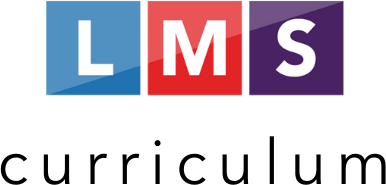Try to Praise the Mutilated World
by Adam Zagajewski

Writing Workshop
Workshop Title: Try To
Step 1
Say, “Try to think of something (a person, place, thing, etc.) that, in your opinion, is worthy of praise, but is admittedly hard to do. What is it? And why do you feel that way?” Then give them time to discuss.
Step 2
Read “Try to Praise the Mutilated World” by Adam Zagajewski. When you’re done, briefly discuss why he feels that the “mutilated world” is something we should praise, or, at the very least, attempt to praise.
Step 3
Have your students choose something that, in their opinion, people should “try” to praise. Then ask them to come up with a list of reasons why they should praise it. Also have them come up with a list of reasons of why they may be reluctant to do so. Give them some time to brainstorm.
Step 4
Ask your students to write a poem similar in sentiment to “Try to Praise the Mutilated World” by Adam Zagajewski in which they express their feelings toward something that people should, in their opinion, try to praise.
Step 5
When the students are done, have them share their responses with one another.
Analytical Lesson
Area of Focus: Imagery
Step 1
If your students are not familiar with the concept of “imagery,” go through the introductory lesson.
Step 2
Simply read the title of the poem they’ll be looking at today, “Try to Praise the Mutilated World” by Adam Zagajewski. Ask them to discuss the title and what they think the poem will entail based on that title.
Step 3
Show your students the following video, a recording of the poet discussing the context behind the poem.
Step 4
When the video is done, read “Try to Praise the Mutilated World” by Adam Zagajewski aloud to your students. As you’re reading, ask your students to pay particular attention to the imagery of the poem and to think about the different images that stand out. Then briefly discuss what stood out to them.
Step 5
Ask your students to open the following document and go over the instructions with them. In this assignment, your students will have to look at the imagery of the poem and determine how the individual words that comprise the imagery contribute to the meaning of the work as a whole. Then give your students time to work.
Step 6
When your students are done, ask them to share their responses with one another. Since the students are only required to address three different examples of the poem’s imagery, there should be a wide variety of answers.
Step 7
If time permits, share the exemplar essay.
Essay Materials
Lesson Details
Lesson Info
Focus
- Imagery
Themes
- Appreciation
- Death / Grief
- Friendship
- History
- Immigration
- Joy
- Love
- Philosophy
- Violence
Literary Tags
- Diction
- Imagery
- Selection of Detail
- Structure (Syntax)
- Tone
